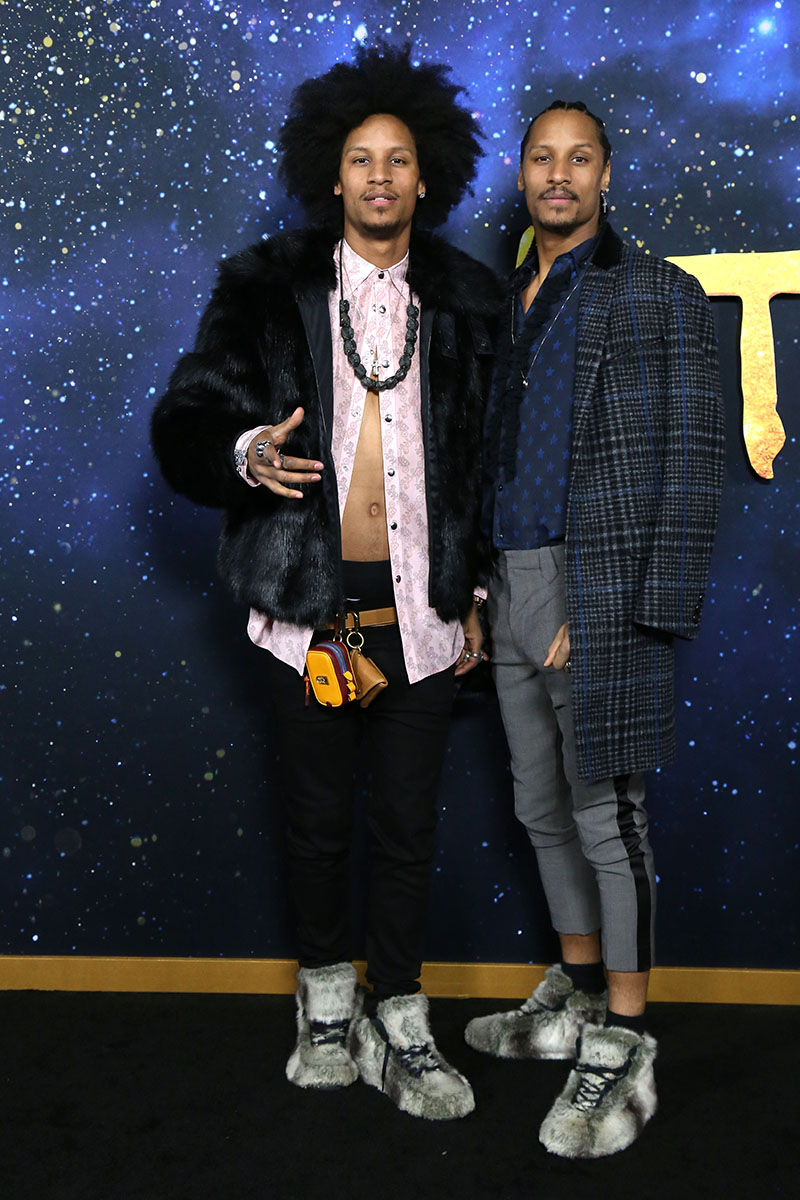

This is similar to handcrafts produced by other indigenous women: it has been found that “manufacturing souvenirs can help empower women socially, psychologically and economically” (Swanson and Timothy 2012: 493), although there can also be negative consequences, including pressure to produce. Mola commercialization became a significant contributor to household incomes and changed the role and status of Kuna women. I elaborate on this type of souvenir mola below. The US Peace Corps volunteers assisted Kuna women in establishing “Mola Co-ops” to design, sew, and market molas targeting the tourist market. Molas specifically “made for trade” began to appear in the 1960s and this is well documented (Tice 1995: 63‒64). Some of these were likely to be molas no longer deemed fit to wear, although some molas in early collections show no evidence of wear. Molas in museums were collected in the first two decades of the twentieth century by Americans living in or near the Panama Canal Zone who visited the San Blas islands, by adventurers sailing in the area, and also by anthropologists carrying out research. Sewn by Kuna women and girls to be worn as part of their dress ensemble, molas were traded for cash from early in the twentieth century, most likely to enable purchase of store goods, such as cloth, food items, and metal objects. Smaller blouses made for young girls involve less elaborate work on the panels, and have a short lifespan. Some are used on the floor, perhaps for babies to lie upon. Some old mola panels are removed from blouses by Kuna women, then sewn together to form larger rectangles and used to line the walls of their huts. The process of change in function of a mola from part of an item of dress to a tourist souvenir can be understood in terms of the “cultural biography” of an object, an approach proposed by Kopytoff (1986: 66‒83).7 In the case of the mola, this progression as a tradable commodity began soon after its origin, although it did not become a major contributor to income until the 1960s. Read more about the Kuna Mola’s in the doctorate of Diana Marks – The Kuna Mola – Dress, Politics and Cultural Survival Lifecycle of a Mola – By Diana Marks These days you can buy Molas in Panama or Colombia, it is not allowed to sell Molas outside these countries because they are of cultural heritage and the Kuna’s forbid it. You can buy patches of Molas for wall decoration or for pillows. These days the Kuna Indians sell their Molas to tourist but not as clothing because they don’t want tourists to wear the traditional clothing. Cheerful color combinations and zigzag borders are almost in every piece of Mola.

The quality of a Mola is detriment on the number of layers of cotton that is used and the fineness of the stitching. A Mola can be a skirt, scarf or t-shirt, but also a piece of arm or leg covering. Typical Molas consist of patterned cotton pieces of clothing.


 0 kommentar(er)
0 kommentar(er)
